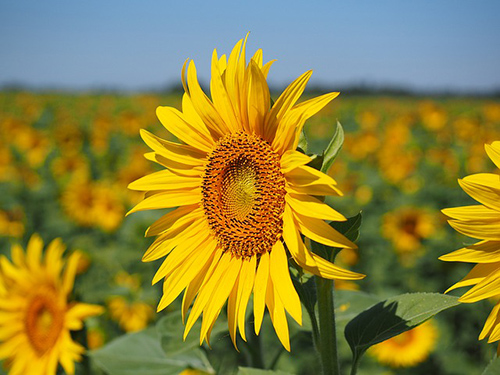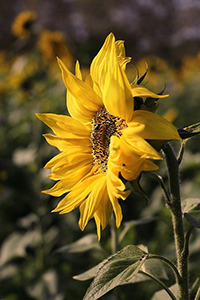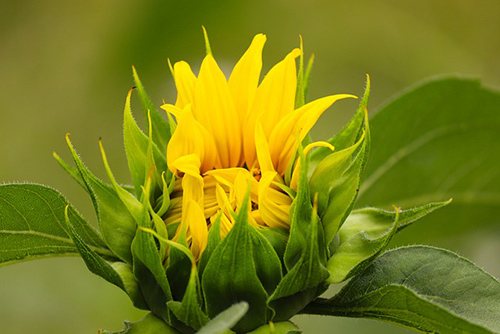Contents
When the beautiful sunflower plant came to Europe from Central America in the early 16th century, it was used as an ornamental plant in gardens and parks due to the popular belief that it follows the sun’s movements.

Until the 19th century, scientists did not discover its excellent nutritional and medicinal properties. However, the ancient Mexican natives already consumed toasted sunflower seeds as food.
Healing Properties and Indications
The sunflower flowers contain a flavonoid glycoside (checimetrine) in lower amounts, in addition to histidine and other substances. In Mexico, both the flowers and the young stems are used as balsam and expectorant to fight bronchial catarrhs and respiratory afflictions.
Sunflower seeds produce a very nutritional oil rich in unsaturated fatty acids (especially linoleic acid) and vitamins A, B, and E. Sunflower oil is recommended for arteriosclerosis, to decrease cholesterol in the blood, diabetes, liver afflictions, and certain skin afflictions (eczema and furuncles).
Sunflower Plant Scientific Facts


- French: Tournesol.
- Spanish: Girasol.
- Environment: Native to the subtropical regions of America, it has spread and farmed worldwide.
- Description: The annual plant of the Compositae family grows up to two meters high. Its large flower disc is a chapter that consists of many tiny flowers.
- Parts of the plant used medicinally: The flowers, young stems, and the seeds.
How to use Sunflower
- Infusion with 100g of flowers and young stems per liter of water. Drink three or four cups daily.
- Oil of the seeds as a dietetic complement.
DISCLAIMER: All content on this website is presented solely for educational and informational objectives. Do not rely on the information provided as a replacement for advice, diagnosis, or treatment from a qualified medical expert. If you are pregnant, nursing, or have any preexisting medical concerns, talk to your doctor before using any herbal or natural medicines.
REFERENCES
- George D. Pamplona-Roger, M.D. “Encyclopedia of Medicinal Plants.” George D. Pamplona-Roger, M.D. Encyclopedia of Medicinal Plants. Ed. Francesc X. Gelabert. vols. 1 San Fernando de Henares: Editorial Safeliz, 2000. 236. Print. [sunflower plant]
- USDA FoodData Central https://fdc.nal.usda.gov/
- National Institutes of Health (NIH) https://ods.od.nih.gov/
